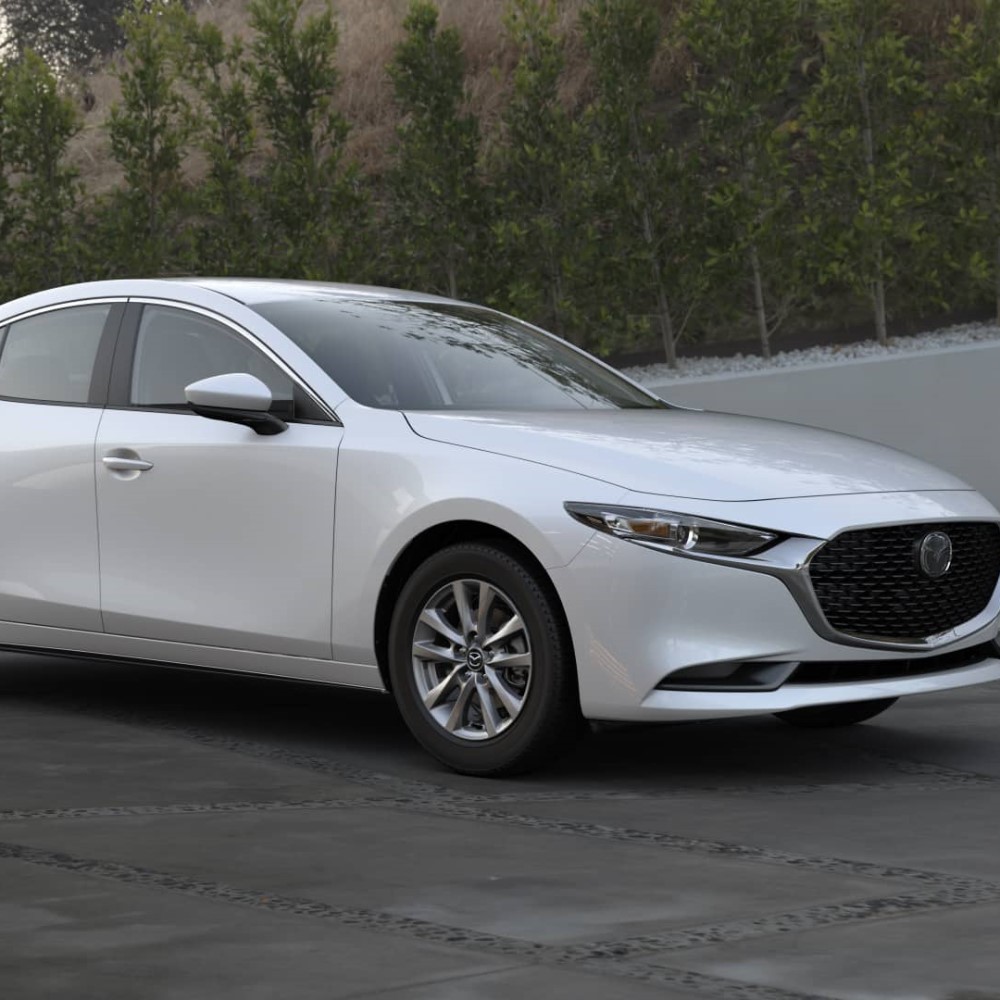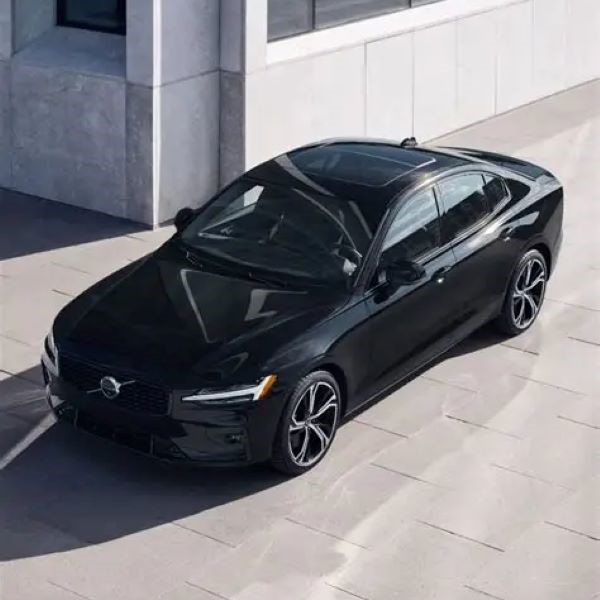Light grey cars have become a ubiquitous sight on roads around the world. But what is it about this seemingly simple color that has captured the hearts (and garages) of so many drivers? This isn’t just a recent trend; light grey has held a steady presence in the automotive landscape for decades. Let’s delve into the reasons behind the enduring appeal of light grey cars.
Sophistication and Style
Firstly, light grey exudes a sense of sophistication and understated elegance. It lacks the boldness of primary colors or the flashiness of metallic finishes, yet it conveys a sense of refinement. This neutrality allows the car’s design to take center stage. The clean lines and curves of a coupe are accentuated by a light grey paint job, while the imposing presence of an SUV is softened without losing its power. Regardless of the car’s style, light grey complements it beautifully.
Versatility Across Segments
The beauty of light grey lies in its versatility. It transcends car segments, looking equally at home on a sleek sports car, a practical family sedan, or a rugged off-roader. Imagine a sporty hatchback – a vibrant red might overpower its dynamic design, while a deep blue might feel too serious. Light grey, however, strikes the perfect balance, highlighting the car’s sporty character while maintaining a touch of elegance. This adaptability makes light grey a popular choice for drivers with diverse tastes and needs.

Timeless Appeal and Resale Value
Unlike some trendy colors that quickly go out of fashion, light grey offers a timeless appeal. It’s a classic choice that won’t appear dated years down the line. This translates to a strong resale value when the time comes to trade in your car. Potential buyers are more likely to be drawn to a neutral color that hasn’t fallen victim to fleeting trends. So, while a bright orange car might grab attention initially, it might struggle to find a new owner later on. Light grey, on the other hand, offers a safe bet – a color that remains desirable for years to come.
Practical Advantages: Hiding Imperfections
Beyond aesthetics, light grey offers some practical advantages. Compared to darker colors, it’s more forgiving when it comes to dirt and grime. Light dust and minor road film are less noticeable on a light grey car, allowing you to extend the time between washes. This can be a significant benefit for busy drivers who don’t have the luxury of frequent car cleaning. Additionally, light grey tends to show minor scratches and swirl marks less readily than darker colors. This can be especially helpful for cars that are frequently parked in tight spaces or driven on rough roads.
A Spectrum of Light Grey: Finding the Perfect Shade
It’s important to note that “light grey” isn’t a singular color. There’s a spectrum of options within this category, each with its own subtle variations. Some light greys lean towards a cooler, almost silver tone, while others have warmer, slightly taupe undertones. Car manufacturers often have their own unique names for these shades, with options like “Moonbeam Grey,” “Nimbus Grey,” or “Cashmere Silver.” Consider the overall design of your car and your personal preferences when selecting the perfect shade of light grey. A cooler grey might complement a car with sharp, angular lines, while a warmer grey could soften the look of a boxier SUV.

Beyond the Paint Job: Light Grey Accents
Light grey’s appeal extends beyond the exterior paint job. It’s increasingly being used as an accent color on car interiors. Light grey leather or fabric seats can add a touch of sophistication and modernity to a car’s cabin. Additionally, light grey trim pieces on the dashboard or doors can create a sense of visual interest, breaking up the monotony of a black or brown interior. However, it’s crucial to find the right balance when incorporating light grey accents. Too much light grey in a small car’s interior can make it feel cramped, so use it strategically for optimal effect.
Light Grey: A Color for All Seasons
Light grey remains a popular choice year-round. In the summer months, it reflects sunlight to a certain degree, helping to keep the car’s interior cooler. During winter, while it might not absorb as much heat as a darker color, the neutrality of light grey doesn’t make the car look dull against a snowy backdrop. Ultimately, light grey offers a practical and stylish option for drivers regardless of the season.
Future Prospects
Light grey’s enduring presence on our roads begs the question: will it continue to reign supreme, or is its future a bit more nuanced? While predicting trends is an inexact science, let’s explore some factors that might influence the future popularity of light grey cars.
The Evolving Landscape of Color Trends
The auto industry is a kaleidoscope of ever-changing color trends. A vibrant new palette, bursting with bold hues, could potentially steal some attention from light grey. Imagine a world where electric vehicles come adorned in eye-catching greens and blues, reflecting a focus on clean energy. This shift in aesthetics could present a challenge to light grey’s dominance.
The Power of Consumer Preferences
Ultimately, the car buyer holds the ultimate power. If consumer tastes veer towards a more adventurous or personalized aesthetic, light grey might see a decline. However, its timeless appeal suggests it won’t vanish entirely. Imagine a future where customization reigns supreme, with car buyers opting for two-tone paint jobs or unique matte finishes. Light grey could still find a niche as a base color or a sophisticated accent.
Technological Advancements: A Double-Edged Sword
Technological advancements can be a double-edged sword for light grey. Imagine a future with self-cleaning car exteriors. The dirt-hiding properties of light grey, once a significant benefit, might become less relevant. On the other hand, imagine new paint technologies that create dynamic, color-shifting finishes. These might compete with the understated elegance of light grey. However, advancements in sustainable paint production could also favor light grey. As the focus on environmental consciousness grows, car manufacturers might prioritize lighter colors that reflect sunlight more efficiently, potentially boosting light grey’s appeal.

Forecasting the future popularity of light grey
While light grey has held steady popularity for a long time, predicting its future with absolute certainty is difficult. However, here are some factors that might influence its trajectory:
- Industry Trends: The auto industry is constantly evolving, with new color trends emerging all the time. If a particularly eye-catching or bold color palette gains traction, it could potentially steal some spotlight from light grey.
- Consumer Preferences: Ultimately, car buyers dictate the market. If a shift in consumer tastes occurs, favoring a different aesthetic, light grey’s popularity might dip. However, its classic appeal suggests it won’t entirely disappear.
- Technological Advancements: New paint technologies could emerge, offering more vibrant or dynamic colors that compete with the understated elegance of light grey. Conversely, advancements in self-cleaning car technology could make the dirt-hiding properties of light grey less relevant.
- Environmental Considerations: With a growing focus on sustainability, car manufacturers might prioritize lighter colors that reflect sunlight more efficiently, potentially boosting light grey’s popularity.
Overall, light grey’s future seems likely to be one of continued popularity. However, it might not maintain its absolute dominance. It will likely share the stage with other emerging color trends, potentially evolving into a more specific shade within the light grey spectrum.
Conclusion: The Enduring Allure of Light Grey
The enduring appeal of light grey cars lies in their ability to combine timeless elegance with practicality. It’s a color that flatters a wide range of car styles, offers a touch of sophistication, and provides some practical benefits.





